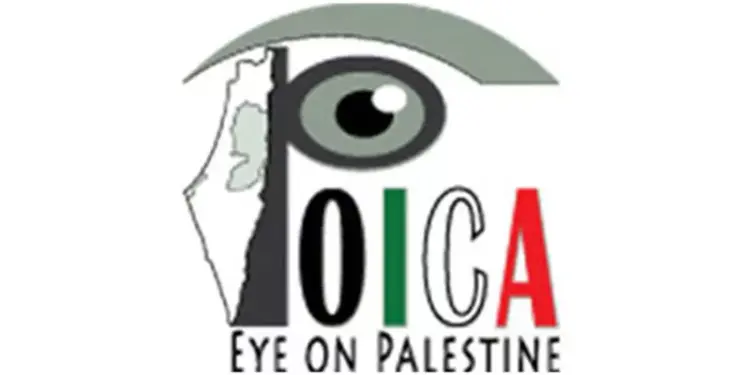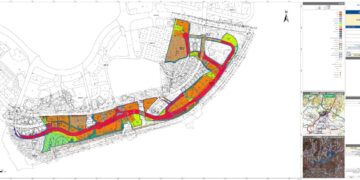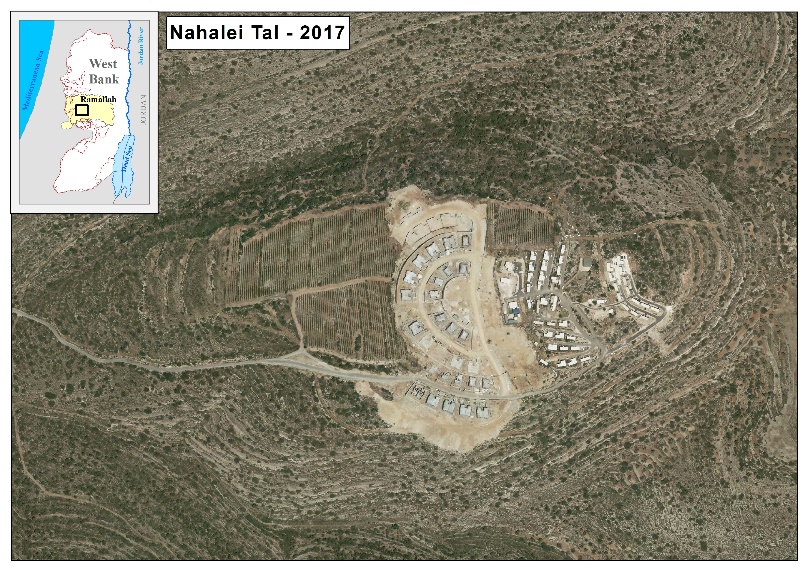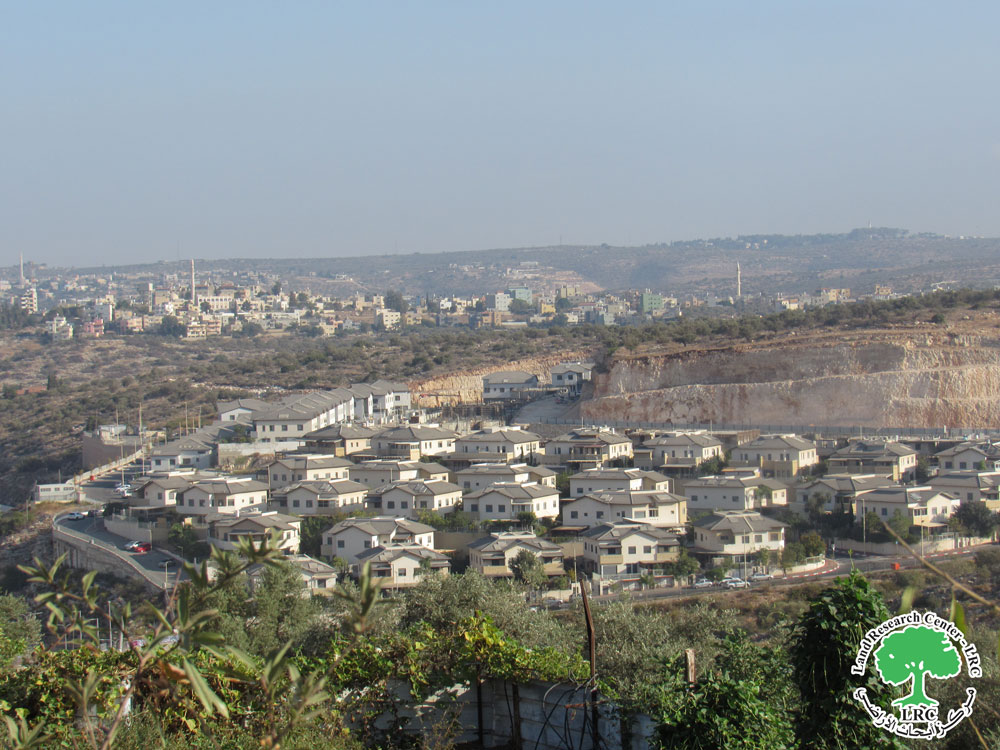|
Table 1: No. of Buildings built in Israeli settlements in the Occupied West Bank during the 10-months freeze moratorium
|
||
|
Governorate
|
No. of Buildings
|
Percent of total
|
|
Bethlehem
|
214
|
11.8
|
|
Hebron
|
138
|
7.6
|
|
Jenin
|
35
|
1.9
|
|
Jericho
|
15
|
0.8
|
|
Jerusalem
|
420
|
23.1
|
|
Nablus
|
160
|
8.8
|
|
Qalqilyah
|
219
|
12.0
|
|
Ramallah
|
324
|
17.8
|
|
Salfit
|
268
|
14.7
|
|
Tubas
|
11
|
0.6
|
|
Tulkarem
|
15
|
0.8
|
|
Total
|
1819
|
100.0
|
|
Source: the Geographical Information System, ARIJ 2011
|
||
|
Table 2: No. of Caravans built in Israeli settlements in the Occupied West Bank during the 10-months freeze moratorium
|
||
|
Governorate
|
No. of Caravans
|
Percent of total
|
|
Bethlehem
|
75
|
5.2
|
|
Hebron
|
242
|
16.9
|
|
Jenin
|
94
|
6.6
|
|
Jericho
|
41
|
2.9
|
|
Jerusalem
|
97
|
6.8
|
|
Nablus
|
128
|
8.9
|
|
Qalqilyia
|
82
|
5.7
|
|
Ramallah
|
484
|
33.8
|
|
Salfit
|
156
|
10.9
|
|
Tubas
|
9
|
0.6
|
|
Tulkarem
|
25
|
1.7
|
|
Total
|
1433
|
100.0
|
|
Table 3: Expansion in Israeli settlements East and West of the Israeli Segregation Wall
|
||||
|
Location from Wall
|
No. of Buildings
|
Percent
|
No. of Caravans
|
Percent
|
|
East
|
485
|
26.7
|
537
|
37.5
|
|
West
|
1334
|
73.3
|
896
|
62.5
|
|
Total
|
1819
|
100
|
1433
|
100
|
-
The United Nations Security Council Resolution 465of 1980 ‘ determines that all measures taken by Israel to change the physical character, demographic composition, institutional structure or status of the Palestinian and other Arab territories occupied since 1967, including Jerusalem, or any part thereof, have no legal validity and that Israel’s policy and practices of settling parts of its population and new immigrants in those territories constitute a flagrant violation of the Fourth Geneva Convention relative to the Protection of Civilian Persons in Time of War and also constitute a serious obstruction to achieving a comprehensive, just and lasting peace in the Middle East.’
-
Article 55 of the Hague Convention stipulates that “the occupying state shall be regarded only as administrator and usufructuary of public buildings, real estate, forests, and agricultural estates belonging to the hostile State, and situated in the occupied country. It must safeguard the capital of these properties, and administer them in accordance with the rules of usufruct”.
-
The International Court of Justice advisory opinion of July 9, 2004 addresses the construction of the wall in the West Bank in particular and the West Bank itself in general, stating that the Israeli settlements in the Occupied Palestinian Territories (including East Jerusalem) have been established in breach of international law.

















